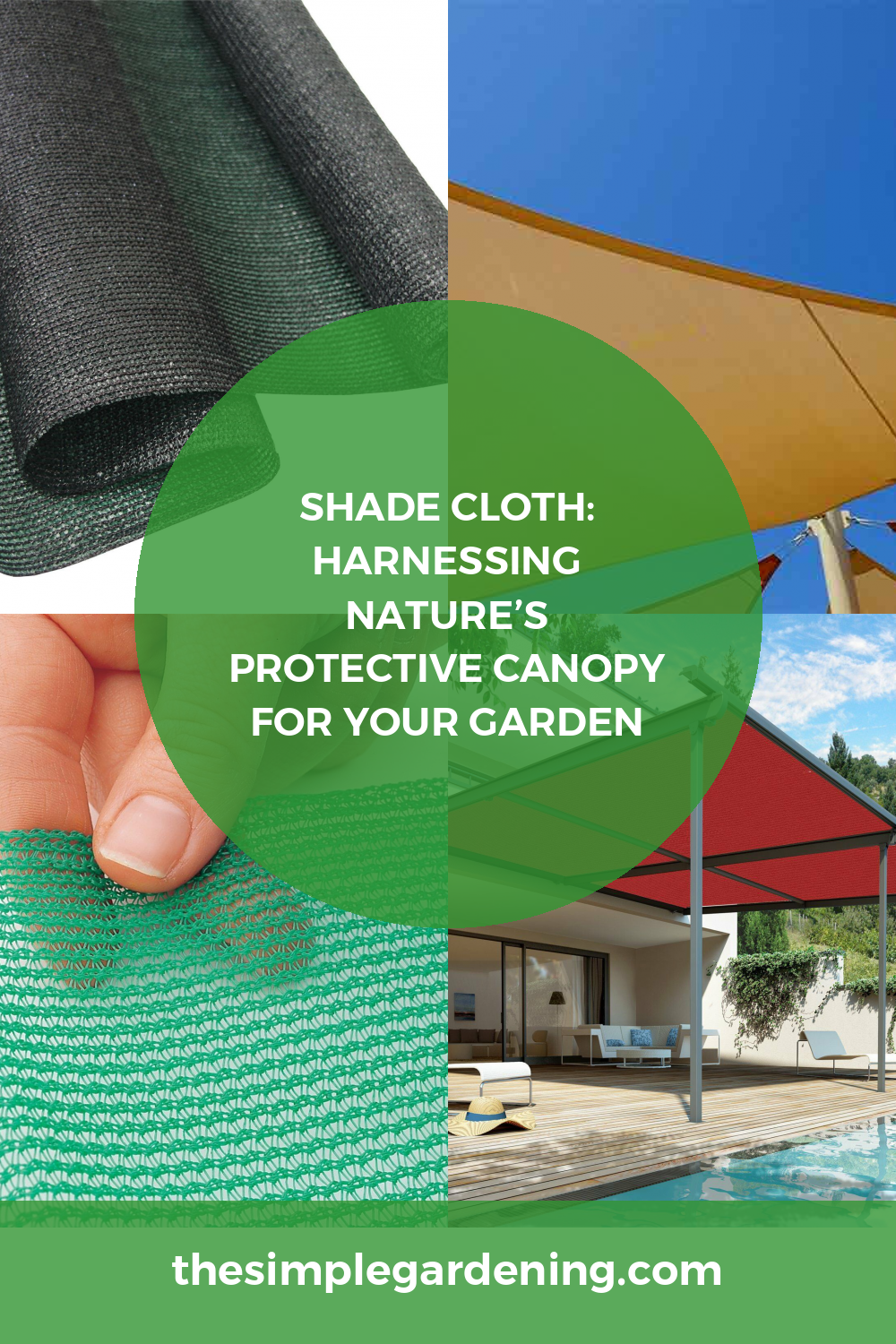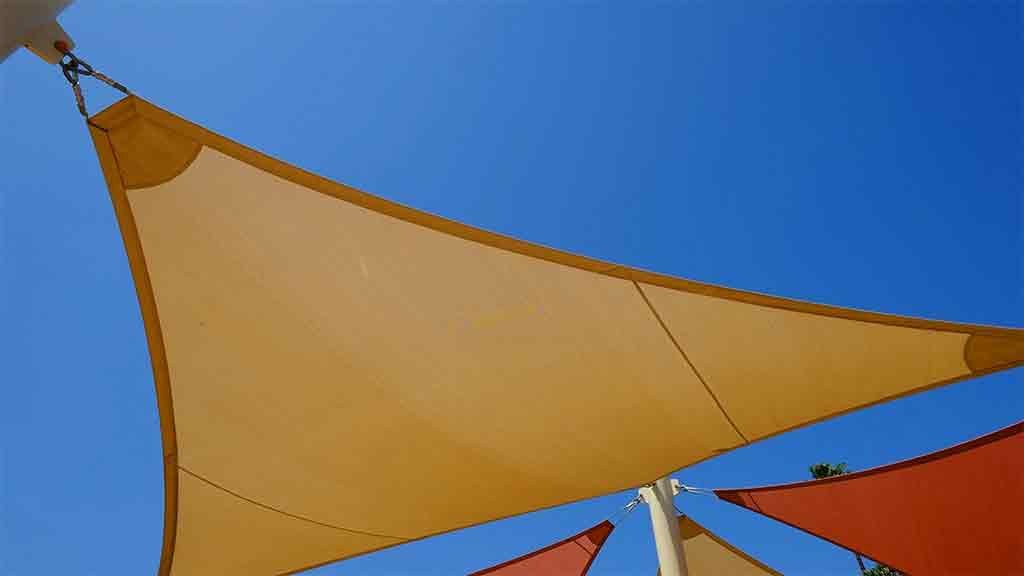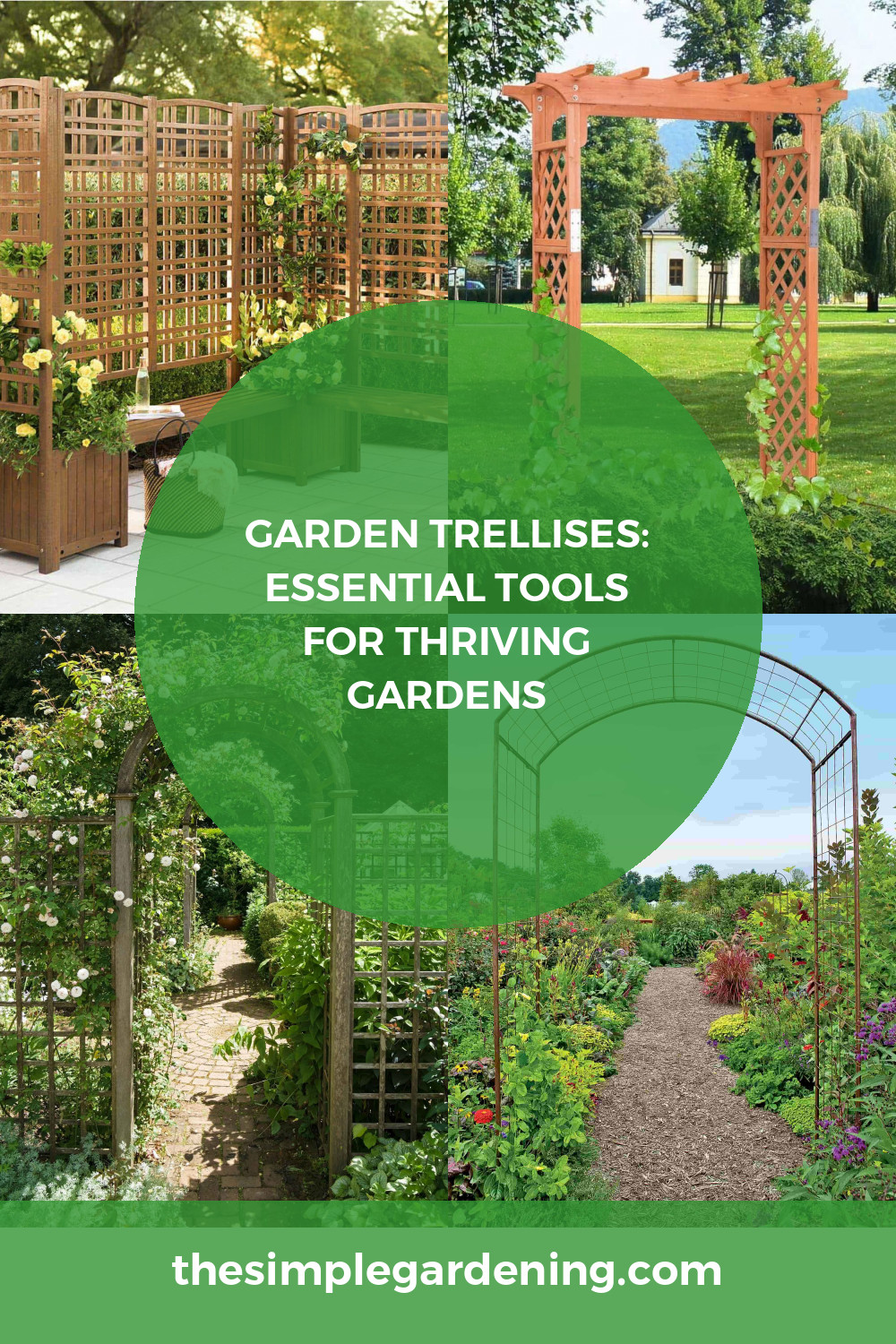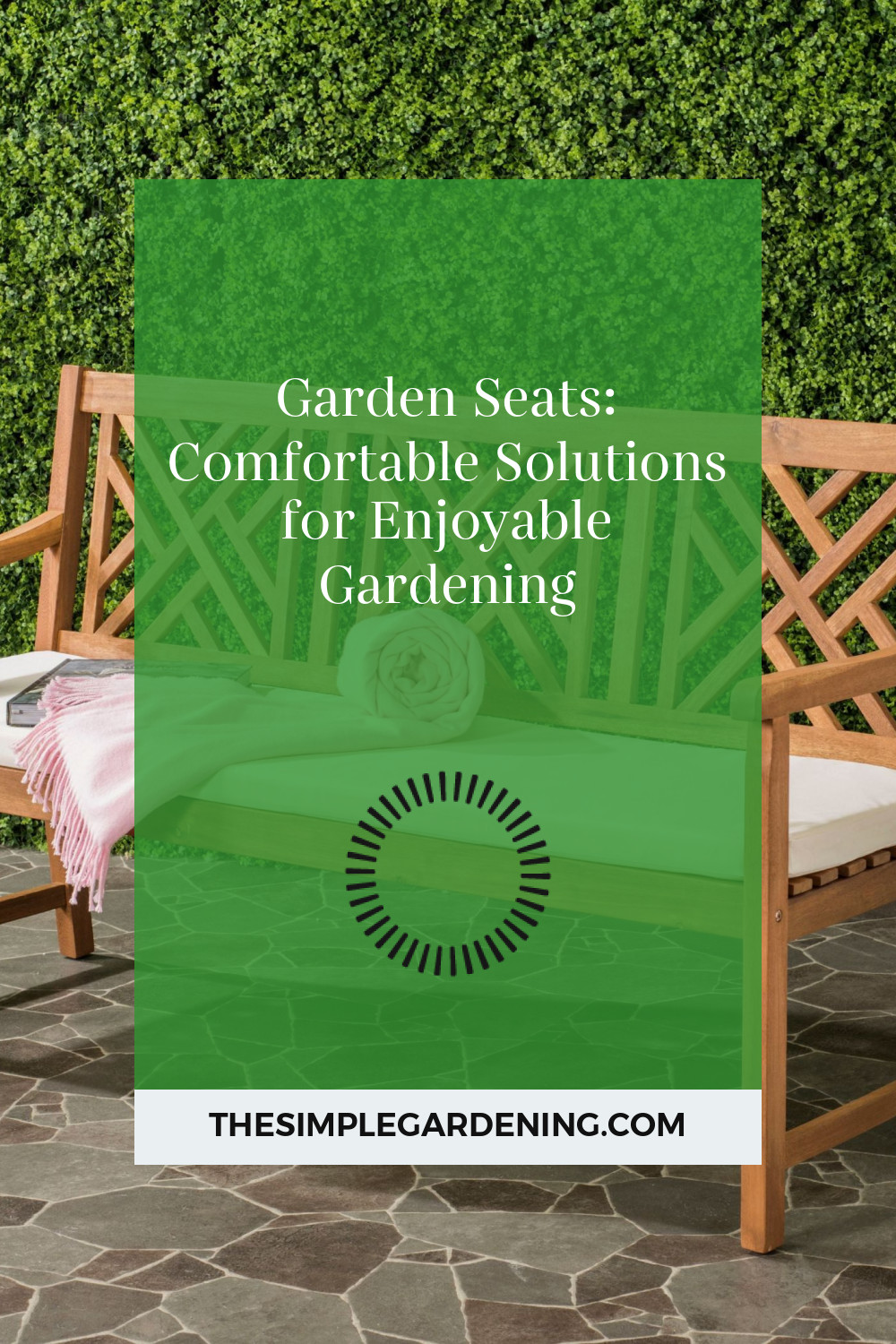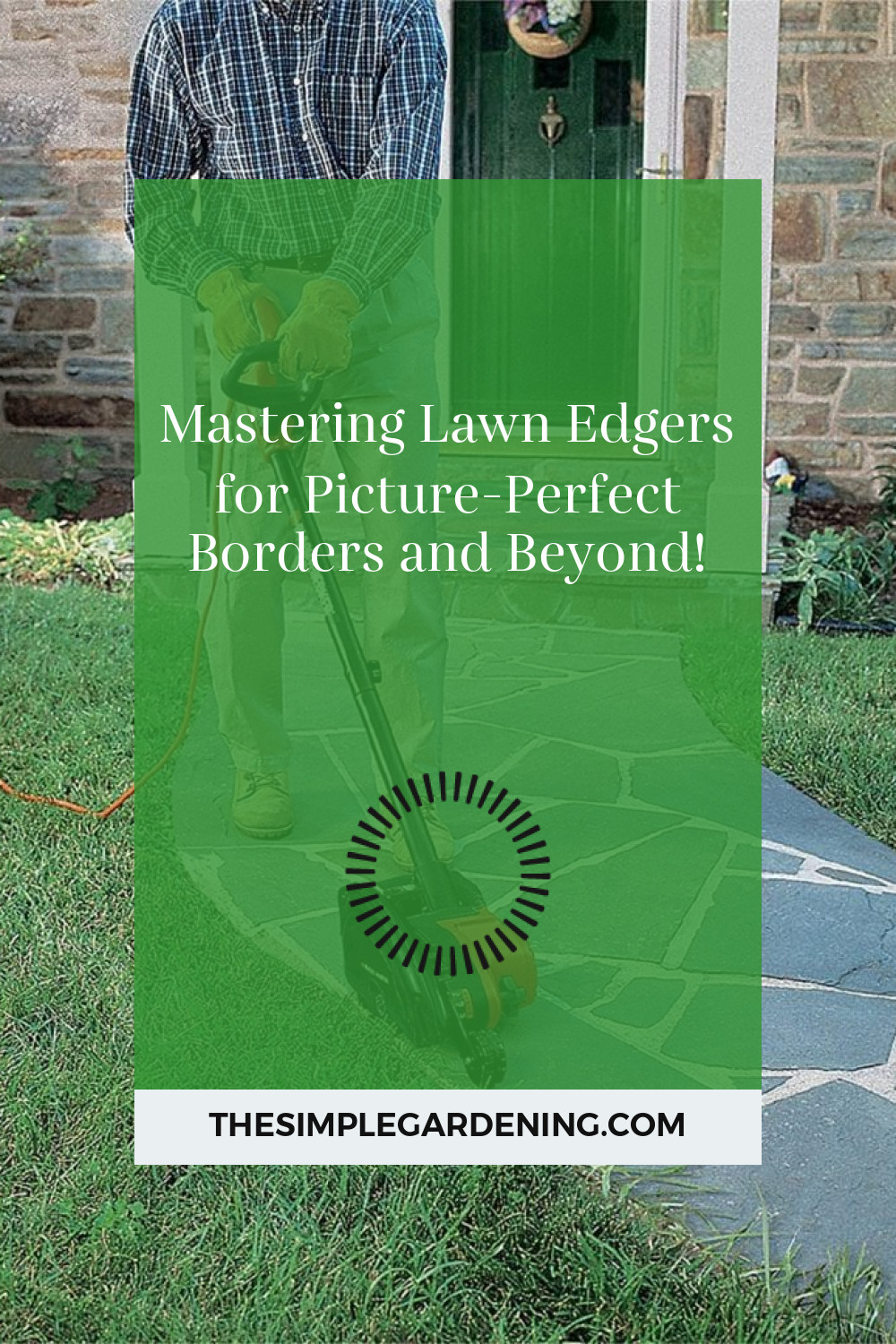Shade cloth is a versatile tool cherished by gardeners worldwide for its ability to mimic nature’s protective canopy. It’s not merely a piece of fabric; it’s a shield against the harsh elements, offering sanctuary to delicate plants. Whether you’re a seasoned gardener or just starting, understanding the nuances of shade cloth can elevate your gardening game to new heights.
| Table: Common Shade Cloth Materials and Their Properties |
|---|
| Material | Properties |
|---|---|
| Polyethylene | Lightweight, UV-stabilized, affordable. |
| Vinyl | Durable, waterproof, long-lasting. |
| Mesh | Breathable, allows air and water flow. |
- What is shade cloth? Shade cloth is a woven fabric designed to filter sunlight and provide varying degrees of shade to plants. It comes in different materials, densities, and sizes to suit different gardening needs.
- Importance of shade cloth in gardening
- Protects plants from excessive sunlight, preventing sunburn and heat stress.
- Regulates temperature and humidity, creating optimal growing conditions.
- Extends the growing season by shielding plants from extreme weather conditions.
Source Image: www.bunnings.com.au
Types of Shade Cloth
Shade cloth comes in a variety of types, each serving a unique purpose in the garden. Understanding the different options available can help you make the right choice for your plants.
| Table: Varieties of Shade Cloth Based on Shade Density |
|---|
| Shade Density | Description |
|---|---|
| 30% | Light shade, suitable for sun-loving plants. |
| 50% | Moderate shade, ideal for most garden plants. |
| 70% | Heavy shade, perfect for shade-loving plants. |
- Different materials used in shade cloth
- Polyethylene: Lightweight and affordable, ideal for temporary installations.
- Vinyl: Durable and waterproof, suitable for long-term use in all weather conditions.
- Mesh: Breathable and allows for air and water circulation, preventing heat buildup.
- Varieties based on shade density
- Shade cloth is available in different densities, ranging from 30% to 90%, allowing you to customize the amount of sunlight reaching your plants.
Benefits of Using Shade Cloth
The benefits of using shade cloth extend beyond protection from the sun. Let’s explore how this simple tool can make a significant difference in your garden.
| Table: Benefits of Using Shade Cloth |
|---|
| Benefit | Description |
|---|---|
| Protection from excessive sunlight | Prevents sunburn and heat stress, promoting healthy plant growth. |
| Regulation of temperature and humidity | Creates an optimal microclimate for plants, reducing stress. |
| Prevention of sunburn and heat stress in plants | Shields plants from direct sunlight, minimizing leaf damage. |
Source Image: www.choice.com.au
- Protection from excessive sunlight
- Shade cloth acts as a barrier, filtering sunlight and reducing its intensity, thus protecting plants from sunburn and heat stress.
- Regulation of temperature and humidity
- By providing shade, shade cloth helps regulate temperatures around plants, preventing overheating during hot days and minimizing temperature fluctuations.
- It also helps maintain adequate humidity levels by reducing moisture loss through evaporation, creating a more stable environment for plant growth.
- Prevention of sunburn and heat stress in plants
- Sunburn and heat stress can cause irreversible damage to plants, affecting their growth and productivity. Shade cloth acts as a protective barrier, shielding plants from the harshest rays of the sun and reducing the risk of damage.

Source Image: www.leevalley.com
Choosing the Right Shade Cloth
Selecting the appropriate shade cloth for your garden requires careful consideration of various factors, including plant species, environmental conditions, and personal preferences.
| Table: Considerations for Choosing the Right Shade Cloth |
|---|
| Consideration | Description |
|---|---|
| Plant types and sunlight requirements | Different plants have varying light needs. Choose shade cloth that meets the requirements of your plants. |
| Shade cloth specifications and ratings | Understanding the specifications and ratings of shade cloth helps ensure you select the most suitable option for your garden. |
- Considerations based on plant types and sunlight requirements
- Sunlight requirements vary among plant species, with some preferring full sun and others thriving in partial or full shade. Assess the light needs of your plants to determine the appropriate shade cloth density.
- Shade cloth with lower densities (e.g., 30%) provides light shading suitable for sun-loving plants, while higher densities (e.g., 70%) offer more substantial shade for shade-loving species.
- Understanding shade cloth specifications and ratings
- Shade cloth specifications typically include information about material composition, shade density, and UV stabilization. Consider factors such as durability, breathability, and UV protection when selecting shade cloth for your garden.
- Ratings such as UV protection factor (UPF) indicate the level of protection offered against harmful UV radiation. Look for shade cloth with a high UPF rating to safeguard your plants from sun damage.
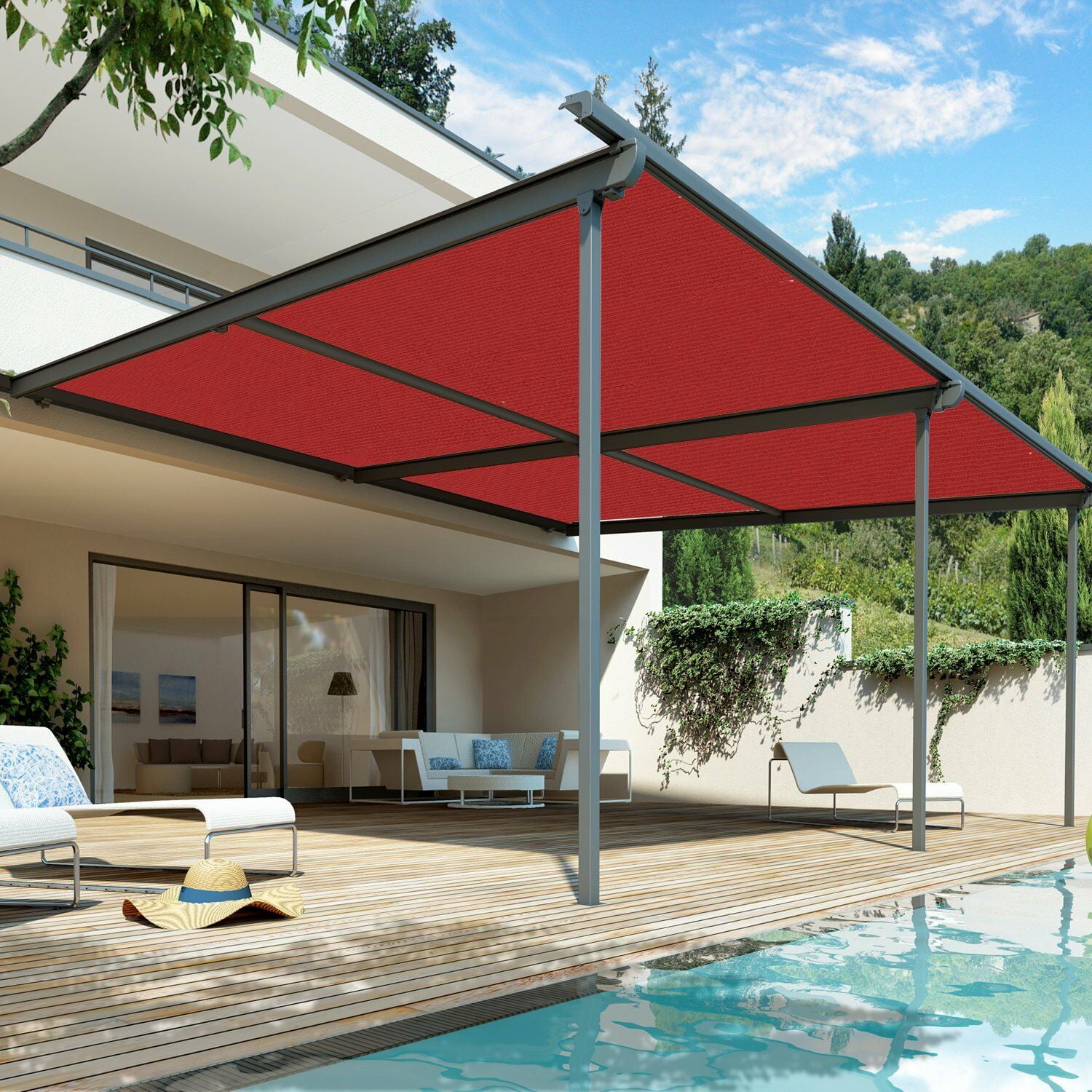
Source Image: www.walmart.com
Installing Shade Cloth
Proper installation of shade cloth is essential to ensure its effectiveness in protecting your plants and enhancing your garden’s aesthetics. Let’s explore the steps involved in installing shade cloth over different structures.
| Table: Tools and Equipment for Installing Shade Cloth |
|---|
| Tool/Equipment | Description |
|---|---|
| Measuring tape | Used to measure dimensions and ensure precise fitting. |
| Scissors or utility knife | For cutting shade cloth to size. |
| Zip ties or clips | Secure shade cloth to support structures. |
| Ladder or scaffolding | Provides access to elevated areas for installation. |
- Step-by-step guide to installing shade cloth
- Measure and cut: Begin by measuring the area where you intend to install the shade cloth, ensuring accurate dimensions. Use scissors or a utility knife to cut the shade cloth to the required size.
- Prepare support structures: Ensure that the support structures, such as pergolas or greenhouse frames, are sturdy and properly anchored to the ground.
- Attach shade cloth: Secure the shade cloth to the support structures using zip ties or clips, ensuring it is taut and evenly stretched. Start from one end and work your way across, making adjustments as needed to achieve a smooth, wrinkle-free surface.
- Trim excess: Trim any excess shade cloth using scissors or a utility knife, leaving a neat and tidy finish.
- Secure edges: Secure the edges of the shade cloth to prevent flapping or sagging, especially in windy conditions. Use additional zip ties or clips as necessary to ensure a secure fit.
- Inspect and adjust: Once the shade cloth is installed, inspect it for any wrinkles or loose areas, and make any necessary adjustments to ensure proper tension and coverage.

Source Image: www.amazon.com
- Ensure proper tension: Adjust the tension of the shade cloth to ensure it is evenly stretched across the support structures. This helps prevent sagging and ensures optimal shading for your plants.
- Consider anchoring: In areas prone to strong winds or inclement weather, consider anchoring the shade cloth securely to prevent damage or displacement. Options include using additional fasteners or weights to keep the shade cloth in place.
- Test for stability: After installation, perform a stability test by gently tugging on various sections of the shade cloth to ensure it is securely anchored. Make any necessary adjustments to reinforce weak points and ensure long-term stability.
- Regular maintenance: Schedule regular inspections of the shade cloth to check for signs of wear and tear, such as fraying edges or loose fasteners. Promptly repair any damages to prolong the lifespan of the shade cloth and maintain its effectiveness.
Maintenance of Shade Cloth
Proper maintenance is crucial for preserving the integrity and effectiveness of your shade cloth over time. Implementing regular cleaning and repair routines can extend its lifespan and ensure continued protection for your plants.
| Table: Shade Cloth Maintenance Tips |
|---|
| Maintenance Task | Description |
|---|---|
| Cleaning and washing | Remove dirt, debris, and organic matter using mild detergent and water. |
| Repairing tears or damages | Patch small tears or holes using adhesive patches or sewing kits. |
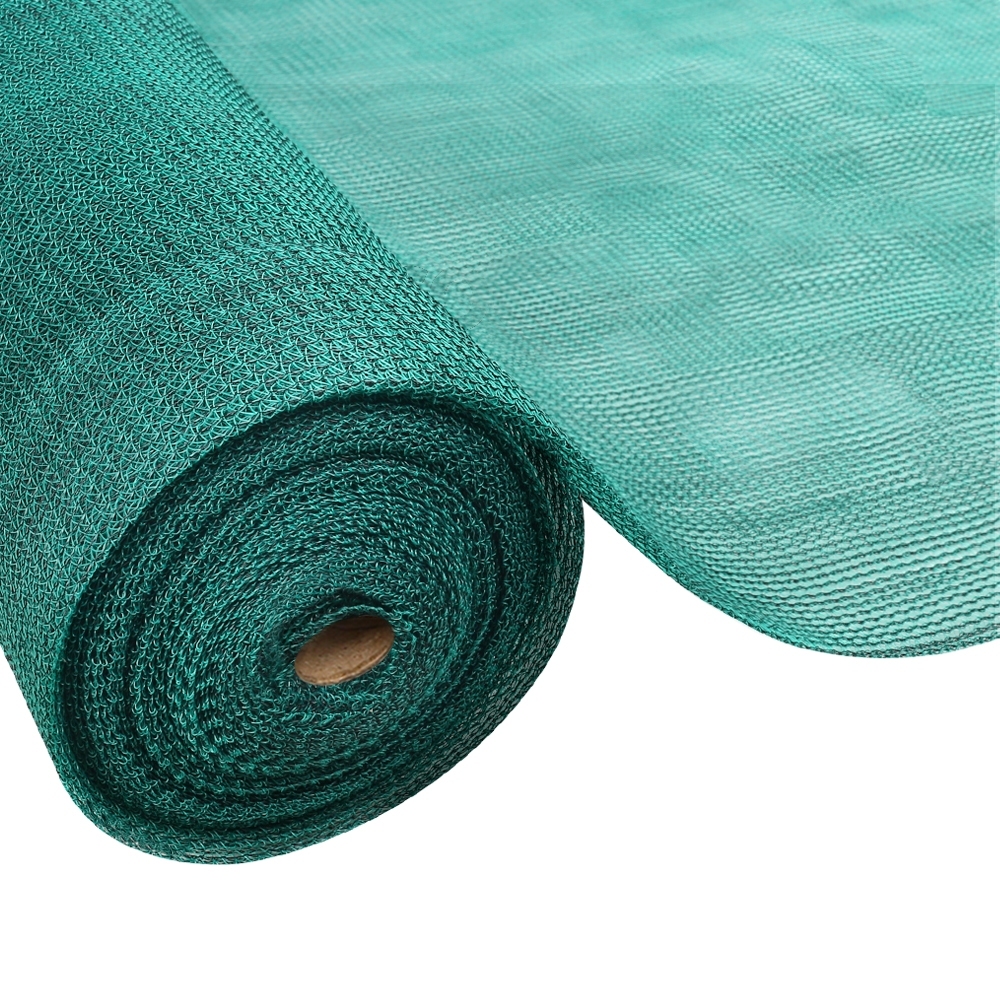
Source Image: www.yestobuy.com.au
- Cleaning and washing techniques
- To clean shade cloth, gently hose it down with water to remove surface dirt and debris. For more stubborn stains, use a mild detergent diluted in water and a soft brush or sponge to scrub the affected areas.
- Avoid using harsh chemicals or abrasive cleaners, as they may damage the fabric and compromise its effectiveness.
- Allow the shade cloth to air dry completely before reinstalling it to prevent mold or mildew growth.
- Repairing tears or damages
- Inspect the shade cloth regularly for any signs of tears, holes, or frayed edges. Small tears or holes can be patched using adhesive patches specifically designed for shade cloth.
- For larger damages, consider using a sewing kit to repair the fabric. Reinforce the repaired area with additional stitching to prevent further tearing.
- Addressing damages promptly helps prevent them from worsening and ensures uninterrupted protection for your plants.
Creative Uses of Shade Cloth
Beyond its primary function of providing shade for plants, shade cloth offers endless possibilities for creative applications in the garden and outdoor living spaces. Let’s explore some innovative ways to harness the versatility of shade cloth.
| Table: Creative Uses of Shade Cloth in the Garden |
|---|
| Application | Description |
|---|---|
| Outdoor living spaces | Create shaded areas for relaxation, dining, or entertaining. |
| Vertical gardening | Use shade cloth to create vertical gardens on walls or fences. |
| Privacy screens | Construct privacy screens or partitions using shade cloth. |

Source Image: www.yestobuy.com.au
Shade Cloth
- Creating shaded areas for outdoor living spaces
- Shade cloth can transform outdoor spaces such as patios, decks, or pergolas into comfortable retreats by providing relief from the sun’s intense rays.
- Install shade cloth overhead to create a shaded canopy, or attach it to the sides of structures to block out harsh sunlight and create a cozy ambiance.
- Using shade cloth for vertical gardening or privacy screens
- Maximize limited space by incorporating vertical gardening techniques using shade cloth as a support structure. Hang pots or planters from the shade cloth to create a lush green wall.
- Utilize shade cloth as privacy screens to delineate different areas of the garden or to block unsightly views. Customize the height and coverage of the shade cloth to suit your privacy needs.
These creative applications demonstrate the versatility of shade cloth beyond its traditional role in plant protection, allowing you to enhance both the aesthetic and functional aspects of your outdoor spaces.

Source Image: www.walmart.com
DIY Shade Cloth Projects
Embarking on DIY shade cloth projects not only adds a personal touch to your garden but also allows for customization to meet specific needs and preferences. From creating custom-sized shade cloths to incorporating them into homemade garden structures, the possibilities are endless.
| Table: DIY Shade Cloth Projects for Your Garden |
|---|
| Project | Description |
|---|---|
| Custom-sized shade cloths | Tailor shade cloths to fit specific garden areas. |
| Homemade trellises or supports | Use shade cloth to construct trellises or supports for climbing plants. |
- Making custom-sized shade cloths
- Measure the dimensions of the area you wish to shade and cut the shade cloth accordingly, leaving extra material for securing and attaching.
- Use grommets, eyelets, or sewing techniques to reinforce the edges of the shade cloth and provide attachment points for securing it to support structures.
- Custom-sized shade cloths are ideal for covering smaller garden beds, raised planters, or seating areas, offering tailored protection where needed.
- Incorporating shade cloth into homemade trellises or plant supports
- Combine shade cloth with lightweight materials such as PVC pipes, wooden stakes, or metal rods to create sturdy trellises or supports for climbing plants.
- Stretch the shade cloth across the frame and secure it in place using zip ties, clips, or twine, ensuring a snug fit without restricting plant growth.
- These homemade structures provide vertical growing space for vining vegetables, flowers, or ornamental plants, while also offering shade and protection from direct sunlight.
Advanced Shade Cloth Techniques
Exploring advanced techniques allows gardeners to push the boundaries of traditional gardening practices and unlock new possibilities for plant cultivation. From hydroponic systems to automated shade solutions, advanced shade cloth techniques offer innovative solutions for modern gardening challenges.
| Table: Advanced Shade Cloth Techniques |
|---|
| Technique | Description |
|---|---|
| Hydroponic or aquaponic setups | Integrate shade cloth into soilless growing systems. |
| Automated shade systems | Implement motorized or programmable shade solutions. |
- Using shade cloth for hydroponic or aquaponic setups
- Hydroponic and aquaponic systems rely on nutrient-rich water solutions instead of soil for plant growth. By incorporating shade cloth, gardeners can regulate light exposure and create optimal growing conditions for hydroponically cultivated crops.
- Install shade cloth over hydroponic or aquaponic setups to control light intensity and prevent overheating, particularly in greenhouse environments where sunlight may be abundant.
- Implementing automated shade systems
- Automated shade systems utilize motorized mechanisms or programmable controls to adjust shade cloth coverage based on environmental conditions such as sunlight intensity, temperature, or time of day.
- These advanced systems offer precise control over shading levels, allowing gardeners to optimize growing conditions for different plant species or to adapt to changing weather patterns throughout the day.
By embracing advanced shade cloth techniques, gardeners can elevate their gardening practices to new heights, unlocking the potential for year-round cultivation and maximizing yields in diverse growing environments.
Combining Shade Cloth with Other Garden Tools
Integrating shade cloth with existing garden tools and infrastructure enhances their functionality and efficiency, creating synergistic solutions for plant care and cultivation. From irrigation systems to raised bed gardening setups, combining shade cloth with other tools offers comprehensive solutions for optimizing growing conditions.
| Table: Integration of Shade Cloth with Other Garden Tools |
|---|
| Integration | Description |
|---|---|
| Irrigation systems | Incorporate shade cloth into irrigation setups. |
| Raised bed gardening setups | Utilize shade cloth in conjunction with raised beds. |
- Using shade cloth in conjunction with irrigation systems
- Install shade cloth over garden beds or greenhouse structures while integrating drip irrigation systems beneath the cloth.
- The shade cloth helps regulate temperature and moisture levels, while the irrigation system delivers water directly to the plant roots, promoting efficient water use and minimizing evaporation.
- Integrating shade cloth into raised bed gardening setups
- Construct raised garden beds using materials such as wood, metal, or composite materials, and cover them with shade cloth to create a shaded microclimate for plants.
- The raised bed design allows for better drainage and soil aeration, while the shade cloth protects plants from excessive sunlight and heat stress, particularly in hot climates.
Case Studies: Successful Shade Cloth Applications
Real-world examples of successful shade cloth applications demonstrate the tangible benefits of integrating this versatile tool into garden setups. From improved plant health to increased yields, these case studies offer valuable insights into the effectiveness of shade cloth in different gardening scenarios.
| Table: Case Studies of Successful Shade Cloth Applications |
|---|
| Case Study | Description |
|---|---|
| Shade cloth in commercial greenhouse | Increased crop yield and quality in a commercial greenhouse operation. |
| Shade cloth in backyard garden | Improved plant health and reduced water consumption in a residential garden. |
- Shade cloth in commercial greenhouse
- A commercial greenhouse operation implemented shade cloth to mitigate heat stress and optimize growing conditions for high-value crops.
- The shade cloth reduced temperature fluctuations, resulting in improved crop yield, quality, and overall profitability for the business.
- Shade cloth in backyard garden
- A homeowner installed shade cloth over raised garden beds in their backyard to protect tender plants from intense sunlight.
- The shade cloth created a shaded oasis for plants, reducing water consumption and promoting healthy growth throughout the growing season.
These case studies underscore the practical benefits of incorporating shade cloth into garden setups, whether for commercial agriculture or backyard gardening, showcasing its versatility and effectiveness in enhancing plant health and productivity.

